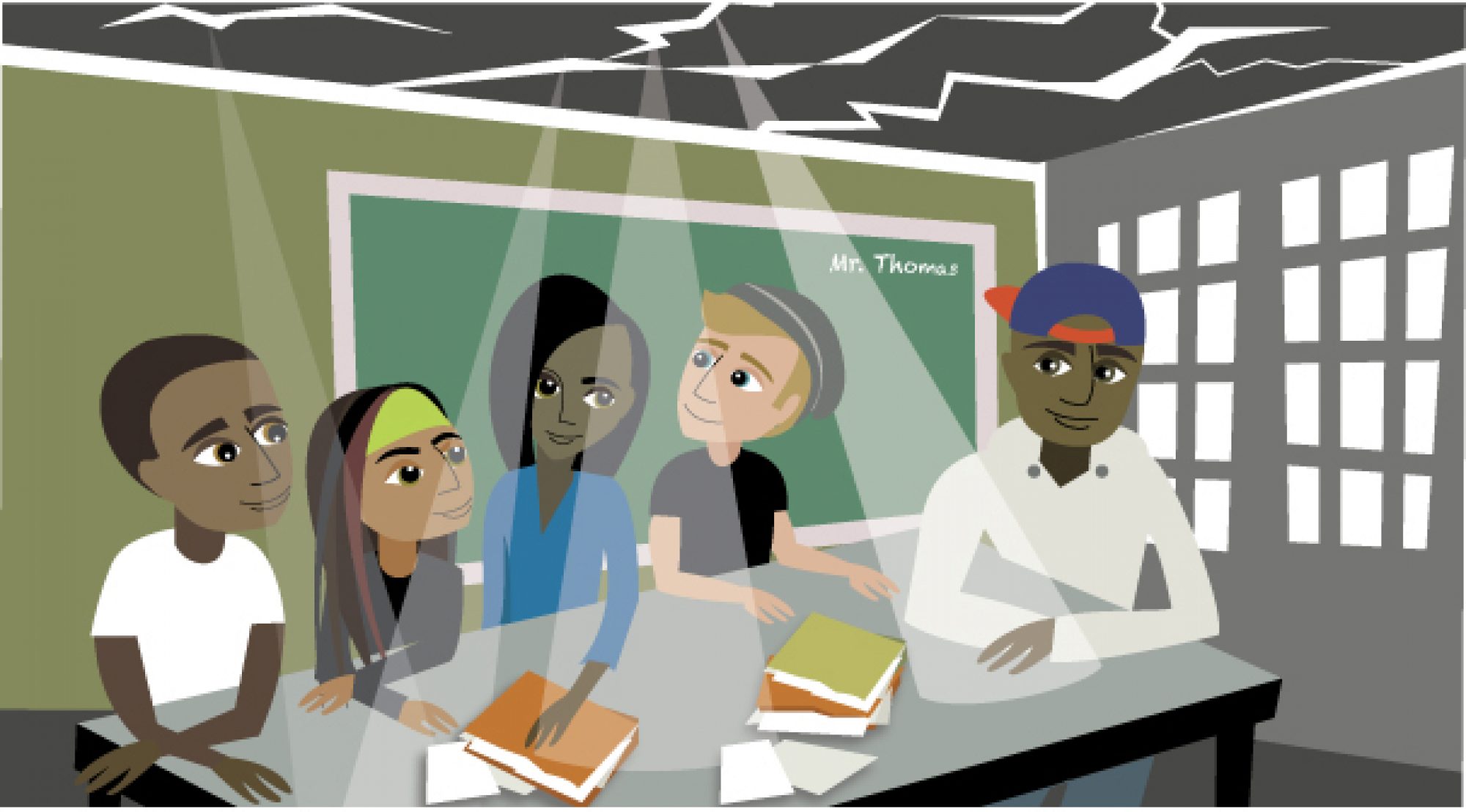 The soft-rollout of my transition to standards-based grading began three days ago. It was met with near-universal approval by my alternative education students. Not only did students begin to understand how they could improve their grades by their own actions, their teacher learned a thing or two as well.
The soft-rollout of my transition to standards-based grading began three days ago. It was met with near-universal approval by my alternative education students. Not only did students begin to understand how they could improve their grades by their own actions, their teacher learned a thing or two as well.
Self-assessment
When you find someone who has a good idea – steal it.
While there’s no one way to use standards-based grading in your classroom, there are known practices that yield predictably good results for students. Not coincidentally, these same practices prompt teachers to recognize also foreseeable benefits.
We know that changing routine can add that necessary, (low), level of student frustration needed for learning to occur. When my students entered the classroom and dutifully collected their daily agenda, I was pleased to see some furrowed brows on familiar faces.
Not surprisingly, a few students in most classes asked the dreaded question.
“What are we supposed to do?”
Of course, the instructions were brief and clear, but we all know how other teachers reward such pleas by doing for the student what the student should learn to do for him or herself. In this instance, I listed the assignments for the past week and asked for three responses from the student.
- Did you complete the such-and-such assignment? (Yes or No)
- Of the half-dozen assignments, which four would you like for me to grade?
- Of those four assignments, how would you rate the quality of each? (A B C)
What did come as a bit of surprise to me was how rapidly most students understood the immediate benefit; by selecting the four assignments they completed, and for the most part, completed well, their weekly grade would improve. In some cases, grades rose dramatically.
As you ‘d expect, I strategically selected those assignments that provided direct evidence of mastery for specific skills or standards.
Change for the better
From the student self-assessment responses, I recalculated grades after first recording the old point-based grades. Here are the results:
Before switching to Standards-based grading –
24 of 43 students were failing.
After switching to Standards-based grading –
16 of 43 students were failing.
Net change: One-third overall reduction of failures.
Cleaning house, (or rather my previous grade book practices
Gone were the zeros I entered for missing work. As Dr. Douglass Reeves amusingly observes in this short video, there’s no thoughtful reason for using zeroes to calculate student grades. Our teachers used them. We’ve all used them. It’s time we stop using what Reeves rightfully describes as toxic grading practices.
Gone were the low marks from activities that, while helpful for student growth, did not directly correlate to a standard or skill I was teaching.
Most importantly, gone was much of the disconnect students felt about how their grades were calculated.
Guess what the teacher learned – about differentiation
By now, the only surprise I’m experiencing about standards-based grading is why I didn’t abandon years ago a popular, but professionally indefensible practice. I’ll delay commenting on that, in part, because all of us know the answer. What I will acknowledge is that, as predicted, my new practice illuminates immediately which student needs help with a particular skill. My ability to accurately target differentiation activities has all but become automated.
Parting shots
Not only have my differentiation considerations become more obvious, so has the theme of a near-future post.
Without adopting standards-based grading, the concept of data-driven instruction is just one more educational fad.

Doing what is best for students—the epitome of good teaching!